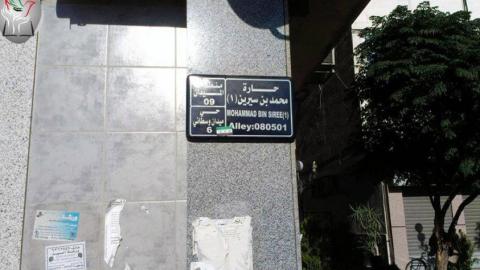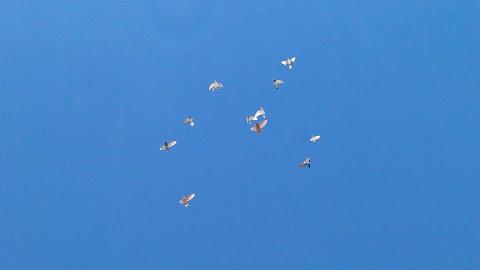Despite the apparent calm in the Syrian capital Damascus, tension between the activists still hiding in the city and the repressive security apparatus of the regime is on the rise. Regime’s forces have successfully besieged and isolated the capital from its organic suburbs and country side. They have also managed to isolate neighborhoods in the city from each other through local committees loyal to the security services and aided by an army of secret collaborators. This, along with the number of cases of nonviolent activists being tortured to death in the regime’s prisons, has almost paralyzed the activist networks and groups in the city.
The tense situation is proving particularly difficult for the leaders of the coordination committees and other revolutionary groups who find themselves responsible for keeping their activists safe in these difficult times, and pressured, on the other hand, by the same activists to continue operating in the capital despite the dangers. According to Husam, a leader of an activist network still operating in Damascus, the bravery of the young activists puts him in a particularly difficult situation.

“I have a very difficult time explaining to them my point of view. They want to keep demonstrating and operating in the city without taking into account the terribly fragile security conditions. I support them in principle, but I am also responsible for protecting them and stopping them from taking dangerous risks, especially if the intended effect is not worth their sacrifice.” The concerns of Husam are contrasted by a member of group who feels that “our freedom deserves taking risks, and fear should not stop us from continuing our struggle until the end.”
This situation has pushed activists to think of actions that minimize the risk on the group, and that don’t require large numbers on the street like demonstrations and rallies. These activities are typically carried out by teams of few activists, or even one. Several of these activities have been carried out already like the Freedom Money campaign and the Independence Flag Stickers campaign organized by the Free Syrian Students Union of Damascus University.

The group was also successful in a highly publicized campaign to release Freedom Pigeons for the detainees of Syria. The campaign aimed to break the regime’s control on the city and its mountain, Qasioun. The activists wrote the names of many of the early detainees in Syrian jails and tied the papers to the legs of pigeons. The pigeons were later smuggled to the mountain of Qasioun, overlooking the capital. From Qasioun, the pigeons were released to fly over the capital. According to the activists, their message was simple: “no matter how strong the military fist is, one pigeon can break it.”
This and other activities show that nonviolent revolutionary movements in Damascus have survived despite the overwhelming isolation and pressure. And little by little they are becoming more successful in adapting their work to the harsh reality on the ground.



